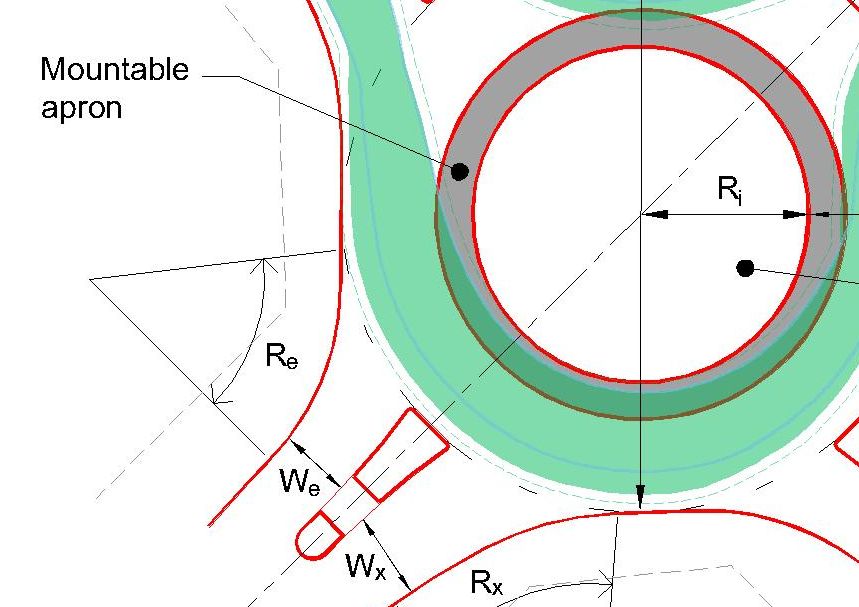Roundabout design safe for cycling
Roundabouts are the safest form of intersection control for motor vehicle occupants, but, in New Zealand and Australia, cyclists and pedestrians have a higher crash risk at roundabouts than at other types of intersections. This was confirmed by a previous research project that we undertook for Austroads. ViaStrada staff consider that roundabouts can be designed to be ‘cycle-friendly', whilst still accommodating all other modes, including large design vehicles. Best practice in many continental European countries offers proof of this.
As part of our investigations into designing roundabouts that are safe for people on bikes, ViaStrada staff have reviewed the German roundabout guidance (FGSV, 2006), which applies to all roundabout design in Germany. Providing for cycling is not mentioned as a specific aim of the guidance, but all roundabouts designed in accordance with the guide are inherently conducive for cycling. As there is no English translation of FGSV (2006) available, we have provided a short memo summarising the important content for compact urban roundabouts.
We have also developed a CAD file of a typical roundabout designed according to the principles outlined in the memo on German roundabout design. This CAD file (see the attachment) is freely available to Australasian designers under a CC BY 4.0 license to be used as a starting point for cycle-friendly roundabout design. Obviously, all sites are different and the design will need to be tailored to the specific context; if you require further advice on this, please contact us. It is also necessary to read the disclaimer (contained within the CAD file) before using the typical roundabout CAD file.
We acknowledge the input from Jeanette Ward and Ann-Marie Head from Abley Transportation Consultants and various staff at the NZ Transport Agency in helping to develop the content presented here. The work was undertaken as part of the Cycling network guidance project.


